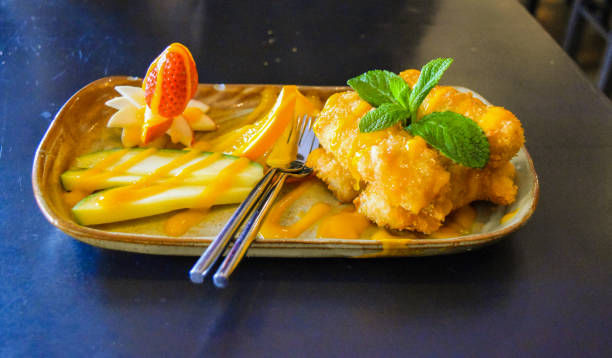
Sautéing: Sautéing is used to cook vegetables like onions and mushrooms, which are often used as a base for sauces and stews.
Baking: Baking is used to make bread, pastries, and desserts like strudel and Black Forest cake.
Smoking: Smoking is a traditional method of preserving meats like ham and sausages. The meat is smoked over wood chips, giving it a distinct smoky flavor.